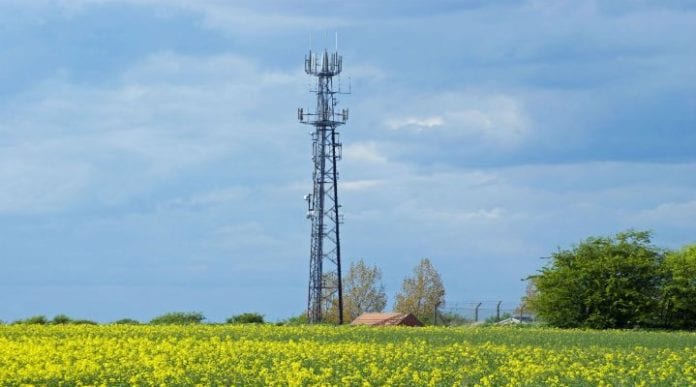Customer service is differentiator for rural carriers
For Tier 2 and Tier 3 operators that serve rural areas largely beyond the reach of the four major Tier 1s, knowing their territory and knowing their customers is a key competitive differentiator. But despite the edge in customer service, rural carriers face a number of pressing challenges ranging from spectrum availability to national roaming agreements that let them provide service outside of their geographic coverage area.
Ron Smith, president of Bluegrass Cellular, said during a keynote panel at the Competitive Carrier Association’s annual convention earlier this week in Orlando that, “If someone calls into our call center and asks about a problem they’re having in Lickskillet, Kentucky, we know where Lickskillet, Kentucky is. No one else will. We know if there’s a hole there. We differentiate ourselves based on the customer experience.”
Ron Smith, President, Bluegrass Cellular. “Right now spectrum is a big issue” for current and future services. “We’re at a point where we’ve provided a great quality of service thus far but as we see continued data growth, continued growth in customer base, we see that we need more spectrum. Our focus is what we can do to augment our capabilities, our resources, to go forward to make sure our customers continue to get a great experience.”
Nsight Chief Strategy Officer Patrick Riordan echoed that perspective, saying, “We know our customers better than our competition does. In that respect, we serve our territories better…simply because we know it a lot better.” He said when a customer calls in, they quickly have a one-on-one interaction with a live person from the area “that they may well know.”
On the roaming side, rural carriers are faced with an investment in IMS core and VoLTE services as national players look to sunset 3G networks in the 2020-2021 timeframe. “We as a group don’t have a viable path forward,” Craig Sparks, chief innovation for C-Spire said. “It’s a risk.”
In the context of a possible Sprint/T-Mobile US merger, Michael Prior, president and CEO of ATN International said consolidation could impact roaming relationships. “When you’re large and you get larger, it’s harder to have individual, customized relationships, so there’s a sort of natural movement of gravity away from partnering with smaller players the bigger you get. I think it’s partly incumbent on us…to get together and provide an offering the lowers the nuisance value and presents partnership solutions that make sense to them. It’s kind of crazy for them to spend a lot of money in the areas we’re in when they have to go early on all the big technology bets.
For his part, Smith said a potential merger means, “There’ll be one less competitor.”

